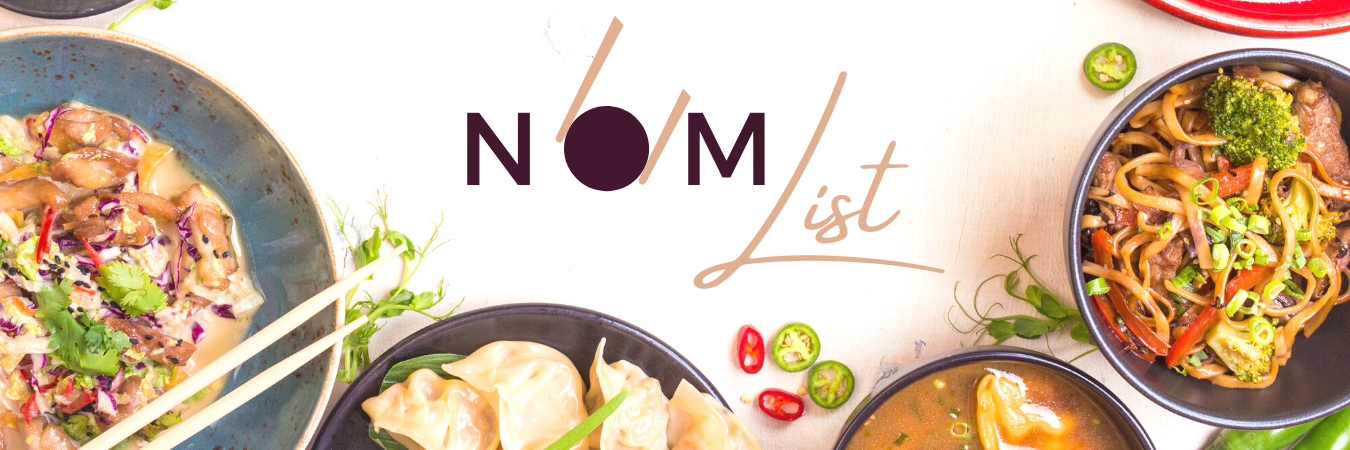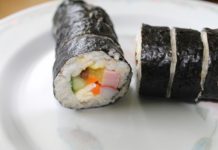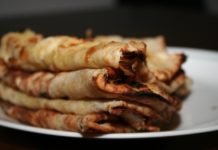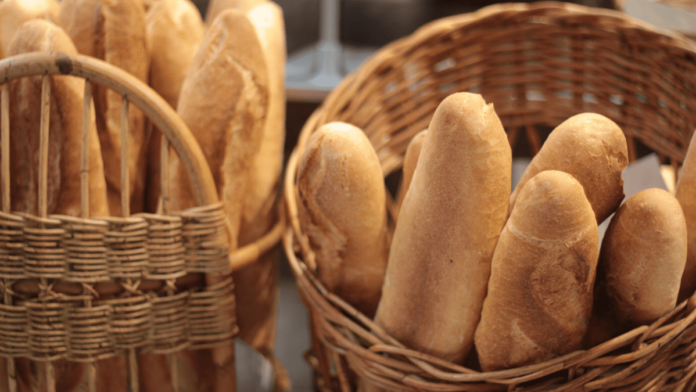
20 Types of French Bread
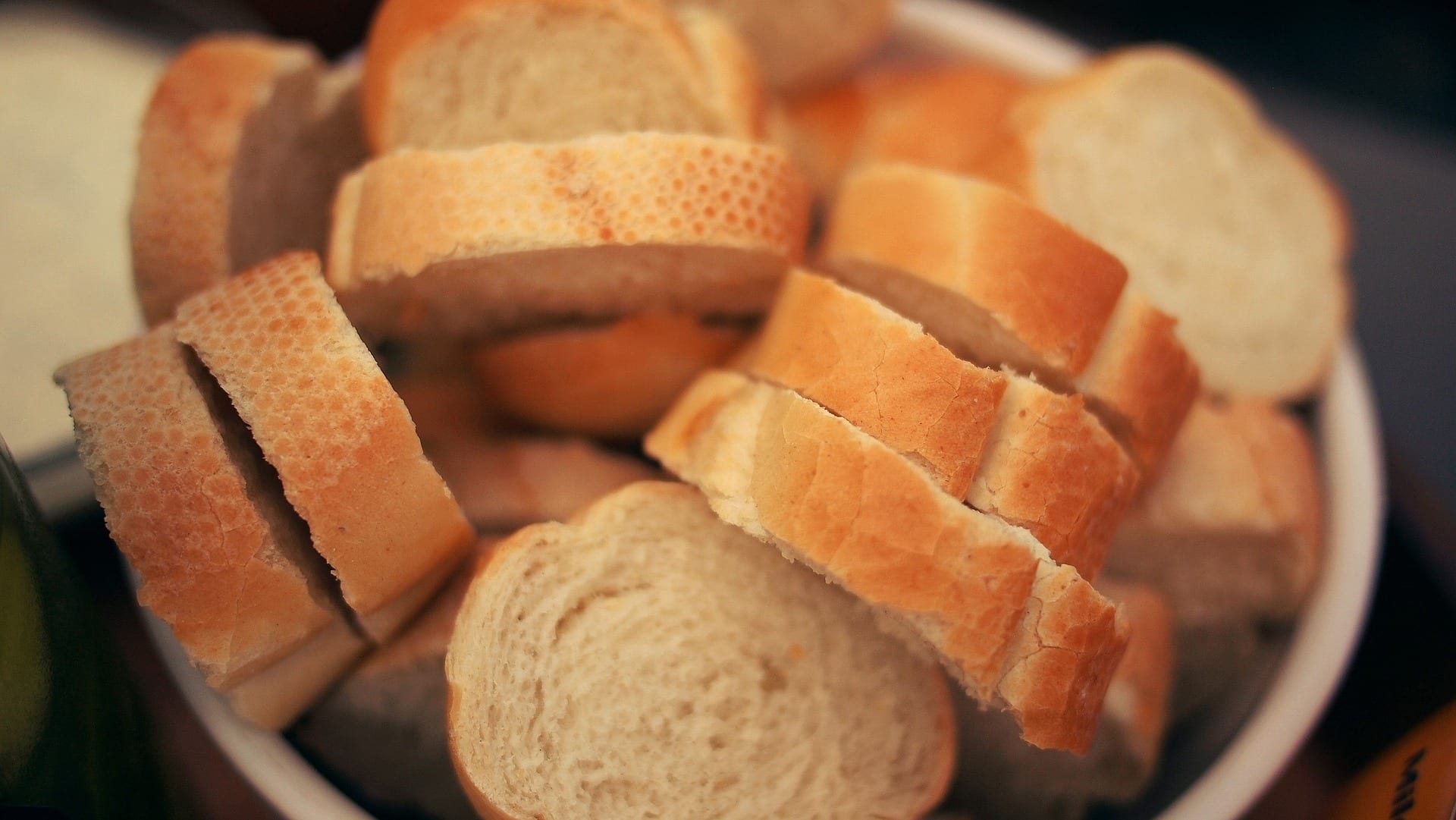
Bread is perhaps the most basic of all foods, but in France, the choice of bread is also an institution. The French are more concerned about the types of bread available than other nations. If you are visiting France, you should look for a way to try bread outside of the mandatory baguette at breakfast. French type bread has thin crispy crusts with a softer chewier interior and a light wheat or yeast flavor. They are very popular bread for sandwiches and cheese.
New visitors to France are often surprised by the number of independent bakeries that still operate in towns and villages and even in certain villages. However, the number of independent bakers is 25 percent of the number 10 to 15 years ago. In this article, you will learn about the different types of French bread available.

1. Baguette
This airy, light and long bread with its characteristic crispy crust is probably the most emblematic image in France and dates from the 19th century when white and wheat bread was no longer the privilege of the rich. Baguettes were made before the name was even invented.
The word baguette was first used in 1920 and is derived from the Latin word baculum, which means staff or stick. The baguettes were first baked in the form of wide and long bread, but a 1920 law prevented workers from starting work before 4 a.m. and prevented bakers from finishing baking bread in time for breakfast.
So they gave the baguettes their typical thin and long shape to accelerate the baking process. Another characteristic of this type of French bread is the typical design of petals on the crust, which are made by making diagonal cuts with a curved knife on the bread before putting them in the oven. Baguettes are now available throughout France and are available for sale in almost all bakeries.
The texture and taste of a good baguette can turn any sandwich into a gourmet menu. Also, baguettes are flexible: they can be made into garlic bread, crotons, or bruschettas.
2. Fougasse
Fougasse is a flatbread that is usually sweetened with orange-flavored water and sugar. It is common in Provence and throughout the south of France and is recognizable easily by its shape. The Fougasse is generally in the form of a grain of wheat, with cuts that form a leafy and venous outline.
This bread was originally baked since Roman times and was mainly used to test the oven’s temperature. Nowadays, there are different variations of the bread, while figs, cheese, and olives are sometimes incorporated into the dough. It goes perfectly with a range of dishes, but can also be used to make various sandwiches.
3. Pain aux Noix
This French yeast bread is traditionally prepared with wholemeal flour or wheat flour and coarsely chopped nuts, which are kneaded in the dough, while some types may also contain other nuts, usually coarsely chopped hazelnuts. It usually has the shape of round or plain bread and is characterized by its dark brown crust and a light brown interior which is strewn with walnut kernels.
For best results, use whole wheat flour and sweet, fleshy French nuts, if available. Because of its rich and complex aromas, the bread goes well with savory spreads, charcuterie, soft cheeses, butter, or sweet toppings like fruit jams or honey.
4. Pain de Mie
The closest translation of the name of this type of French bread is “crustless bread” and it refers to its thin layer of thick and crust white interior. The bread is made from wheat flour, salt, water, yeast, sugar, and shortening. Although it’s typically made industrially, it can also be easily made at home.
Pain de Mie is generally baked in rectangular or square pans, which gives it its characteristic shape. The lid prevents the bread from rising completely, resulting in a compact and fine crumb. The French use it mostly for grilling, while its shape and thickness make it perfect for preparing classic French croque-monsieur.
A new industrial version of the bread is called Pain de Mie 100%, a loaf of sliced Pain de Mie whose crust is completely removed. Pain de Mie stays fresh for a long because of the shortening used in the preparation process, which is generally lacking in other French bread.
5. Pain Beurrée
This is a sliced baguette or other French bread; served in French homes with butter next to the café au lait (a milky coffee) in the morning. In a French cafe, this type of bread is featured on the breakfast menu and served with jam or marmalade. N.B. The word tartine also means a sandwich, typically an open sandwich.
6. Pogne
This sweet bread is made from sourdough-brioche dough enriched with orange blossom water. It is generally made into a large round loaf, the top of which is sometimes decorated with pearl sugar. The recipe is believed to have appeared for the first time in the Middle Ages and was originally a traditional Easter bread. The origin of Pain de Mie is closely linked to the Rhône-Alpes region.
7. Pain de Campagne
Pain de Campagne or country bread is a traditional type of bread that is prepared throughout France. It is found in many bakeries. Most versions of Country Bread are made with a mixture of rye, whole wheat, and white flour, salt, water, and either a natural leavening agent or baker’s yeast.
In the past, people cooked huge loaves of Pain de Campagne in communal ovens and fed their families for many days. At the beginning of the 20th century, the baguette replaced country bread in terms of popularity, but with the advent of artisanal bread in the 1970s, Pain de Campagne became popular again.
8. Pain au Levain
Pain au Levain, also known as sourdough bread, can be made from rye or wheat flour. Ingredients such as honey can be added. Sourdough bread is made from flour, salt, water, and culture of lactic acid bacteria and yeast. The culture helps ferment the flour – the fermentation releases carbon dioxide, allowing the dough to rise. The flavor of sourdough bread is slightly acidic, and there are different flavors that the acetic acid and lactic acid give off.
9. Pain d’epices
This classic honey cake is sometimes described as the cross between dessert and bread. It’s a Dijon specialty that has its origins in China, where similar spice bread was made in the 10th century. It first appeared in France in 1711 and was especially popular in Dijon and Reims.
After World War II, it was rarely found in French cuisine but quickly regained its popularity. Pain d’epices can be prepared with wheat flour, rye, or honey, rye, or wheat flour (depending on your region) and spices such as cloves, nutmeg, cinnamon, anise, and cardamom.
It is typically baked into a loaf and served with hearty dishes such as gourmet cheese or foie gras. However, it is also often incorporated into classic French desserts or served alongside them. Pain d’epices are found in traditional markets, where they are generally sold by honey merchants.
10. Pain au Son
Pain au Son – bran bread is made by adding bran to refined wheat flour. Bran comes from the hard exterior layers of the grain. Bran bread contains 20% to 30% bran. Pain au Son is a recommended bread to improve digestion. If you still eat whole wheat bread, you don’t need this type of bread.
11. Pain Perdu
Pain Perdu is considered a first version of the famous breakfast dish called French Toast and is a simple French dish made from old stale bread. To make this type of French bread, slices of stale bread, from which the crusts have been removed, are soaked in a mixture of egg and milk before frying in melted butter until they are crisp and well colored. A recipe for a dish called lost payn was found in an old English cookbook from 1430.
According to Martha Washington’s cookbook, the English adopted Pain Perdu right from the start, so the recipe for the dish appeared in almost all English cookbooks. Another 18th-century version suggests dipping slices of crustless bread into a combination of nutmeg, sugar, wine, cream, and beaten eggs.
12. Tarte Flambee
Don’t make the mistake of calling the flambée cake a pizza, as this could offend residents of Alsace, France, who are preparing this thin, crispy rectangular flatbread with spreadable cheese and tart, thinly chopped roasted onions, crispy bacon, and Creme Fraiche.
A pinch of salt, nutmeg, peanut oil, and ground pepper add additional layers of flavor to this popular snack. Also known in Germany as the flammkuchen, the flaming tart gets its name from the fact that it is baked in a brick oven very close to hot coals.
Because of its popularity, it has, of course, spread far beyond Alsace, so there are several varieties of this type of bread with tomatoes and mushrooms. Tarte Flambee goes perfectly with foamy local beers and dry white wines, both specialties of Alsace.
13. Bretzel d’Alsace
The pretzel is considered a symbol of Germany and is a kind of traditional pastry made from flour, yeast, malt, salt, and water. The dough obtained is formed into a known form of knotted pretzel before being perfectly baked. Often, pretzels are dipped in a lye solution before baking.
Coarse salt is typically sprinkled on the surface of the pretzels, but other fillings can be used, such as poppy seeds, sunflower, pumpkin, or sesame. Regional variations of the pretzel abound, some use fat to make a softer dough, others require other types of flour such as spelled flour or wheat flour.
German pretzels are available in savory and sweet versions, and their texture can range from hard to soft. They are generally enjoyed hot as an appetizer with butter or German sausages and a cold German beer for an authentic German experience. In Alsace, France, the pretzel goes by the name of Bretzel d’Alsace.
14. Pain Boule
This is a round loaf made from a ball of dough. Before the baguette became a favorite of many in the 1920s, French citizens and visitors regarded the boule as “French bread.” Then and now, many French families, especially those outside the big cities, have always preferred a large boule for a breakfast table than a baguette. Unlike thinner loaves of bread, a Pain Boule stays fresh for 2 to 3 days.
15. Pain Brioche
Brioche is bread made from eggs, sugar, and butter. The shape varies according to local traditions, just like the exact recipe. Brioche is often the bread of choice when a recipe calls for meatloaf or pate. Also, toasted brioche is the bread that is best served with foie gras, duck liver, or fattened goose. Recipes for a brioche vary widely, and a brioche named for a particular region is local pride. Additionally, brioche is the bread that has the closest appearance and flavor to baked bread for the Jewish Sabbath.
16. Pain Brioche de Vendée
This is a famous and traditional brioche from the Vendée department in Pays-de-Loire. The inclusion of orange zest and Creme Fraiche in the recipe gives this brioche its distinctive flavor. Historically, this brioche started out as an unusually large brioche, often over 5 kilos. Then it was made in a bakery or at home and served at Easter. Even the largest brioches are often served at family celebrations. Today, the authentic Brioche de Vendée, which has received the red label, is baked by professionals.
17. Pain Couronne
Pain Couronne is a ring-shaped bread with a hole in the middle. The French name means crown. Couronne always has a loyal following because they hold up well like most other round loaves, but are easier to cut. There are 2 popular sizes, a grande (large) and a petite (small), and each bakery must display its weight. As with baguettes, some diners prefer a regular crust, and some prefer a crispy crust.
18. Pain Déjeunette
This is a baguette about half the length of a full-size baguette. The name Déjeunette implies that it’s enough for breakfast. Breakfast is often used in place of a baguette to prepare the traditional tartine beurree. Many sandwiches served in Tabacs, and French cafes will be made with a breakfast.
19. Pain Ficelle
It is a long thin bread that’s shorter than a baguette. This bread weighs about 125 grams. Outside supermarkets and bakeries, the word ficelle is translated as a string and may appear on the menu with different meanings.
- Bœuf en Ficelle – It is tied with a string and cooked in suspension above the boiling broth.
- Ficelle Picardie – This is a pancake with poultry, ham, and mushrooms. The finished pancake is baked in a Gruyère bechamel sauce and served gratinee.
20. Pain Croûte à Potage
Pain Croûte à Potage is a bread crust that is used to cover soups. A beret is a bread topping made to cover your stew or soup, and can appear on the menu under different names, not just under a beret. A stew or soup with a bread topping can also surprise you if it appears on your table without notice. This topping is rarely eaten.

